I would like to create a directed graph with use of the networkx library in python.
I have a pandas dataframe that looks like this:
Head Mounted Display Marker Smartphone
2D data extrusion 3 0 1
AgiSoft PhotoScan 3D design 1 2 2
AuGeo Esri AR template 1 1 2
BIM 1 1 0
Blender 3D design 0 2 4
Bluetooth localization 1 1 0
CityEngine 3 1 2
GIS data processing 3 1 2
GNSS localization 1 2 4
Google ARCore 0 1 5
Google SketchUp 3D design 1 2 0
Image Stitching 1 1 4
Java Development Kit 0 1 0
SLAM 1 2 2
Unity 3D 8 12 10
Unreal Engine 1 1 0
Vuforia 2 7 3
As input for the "networkx.DiGraph.add_weighted_edges_from" function I need to format this in a list of 3-tuples like this:
('Head Mounted Display', '2D data extrusion', 3),
('Head Mounted Display', 'Agisoft PhotoScan 3D design', 1),
('Head Mounted Display','AuGeo Esri AR template', 1),
etc...
Furthermore, tuples that have a weight of 0 such as:
('Marker', '2D data extrusion', 0)
need to be removed from the list.
Anyone any idea how to do this?
Thanks in advance!

